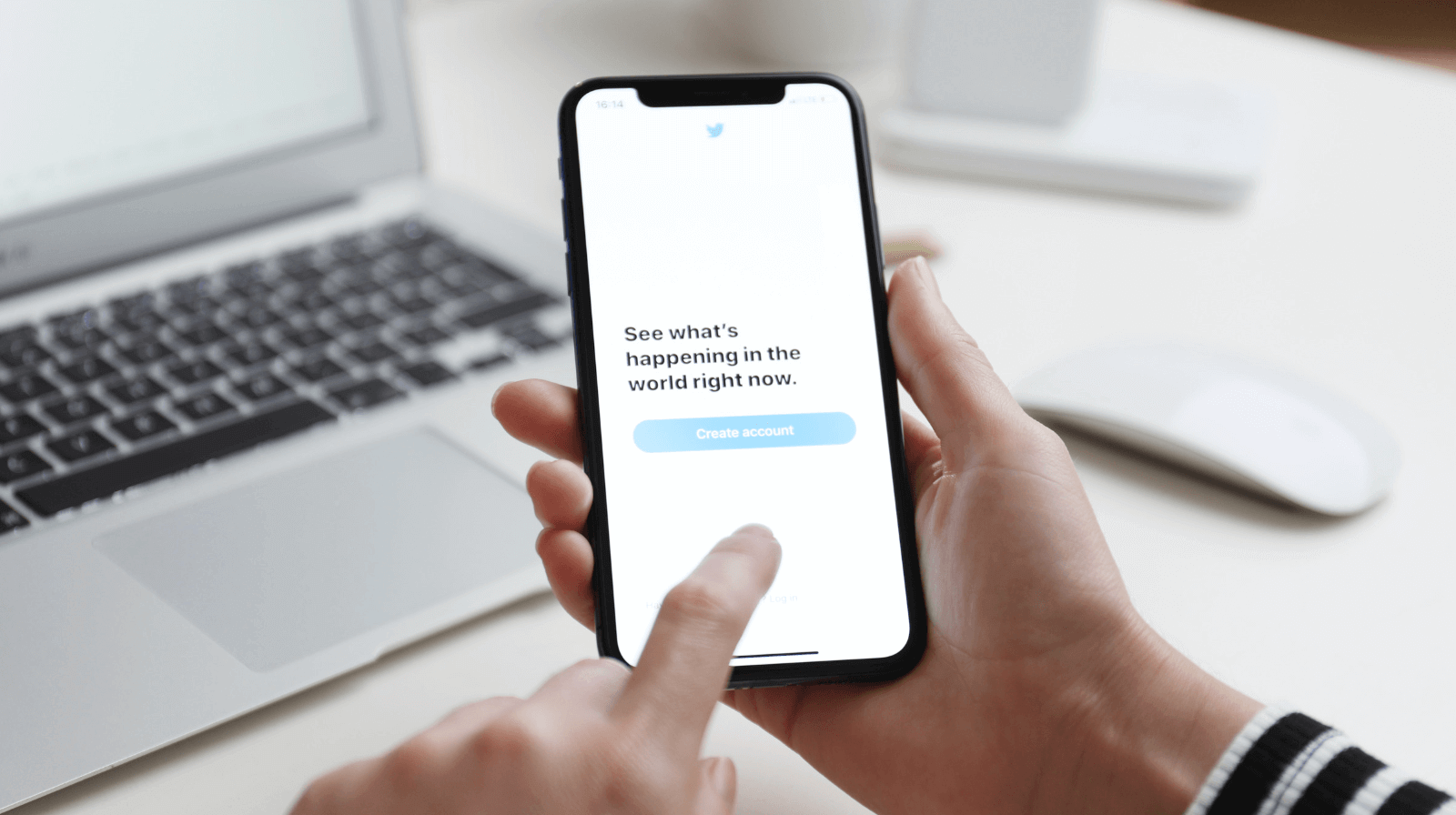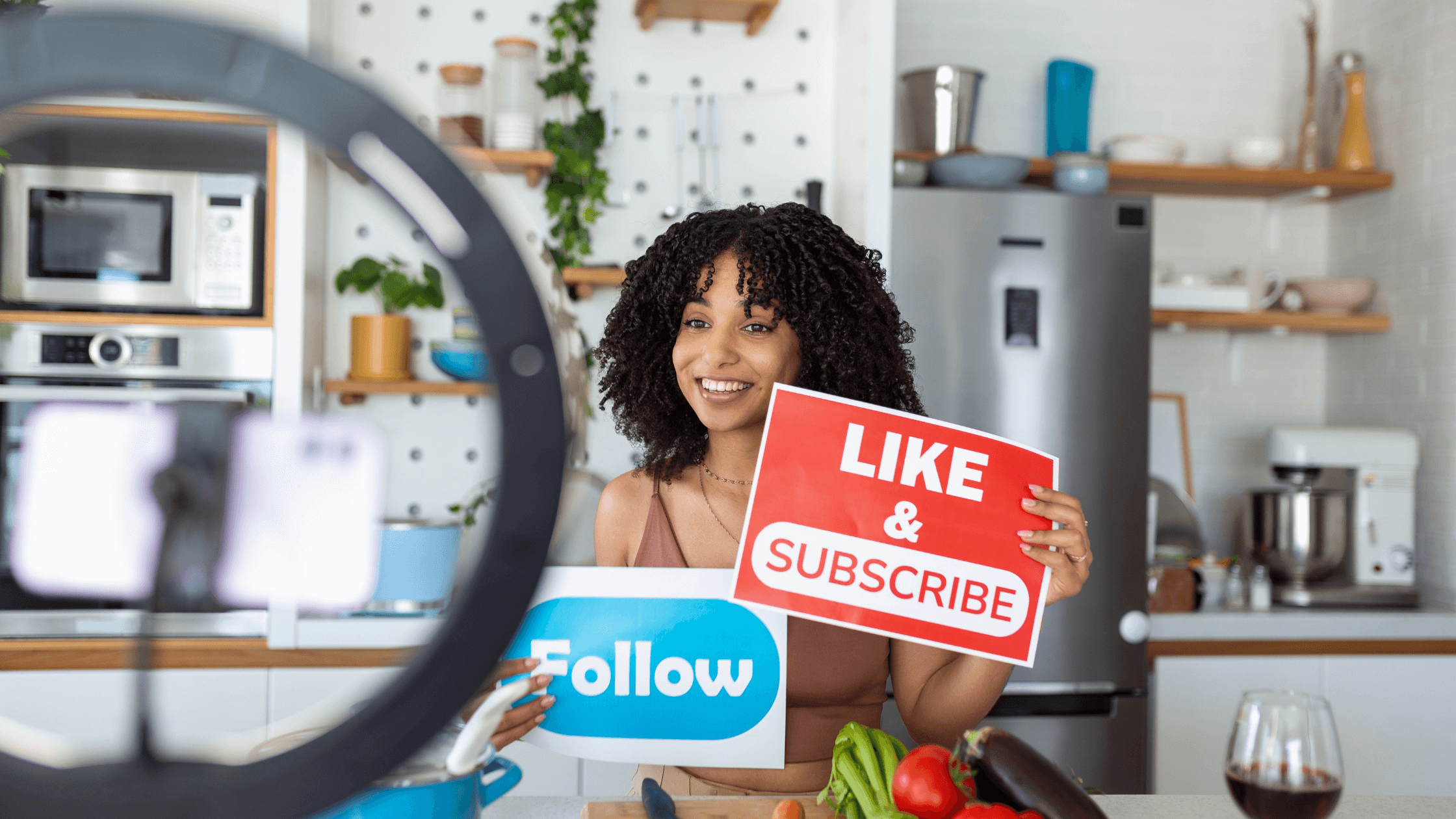Are you tired of blending into the crowd?
Ever wondered how successful businesses stamp their identity and stand out from the rest?
The secret lies in innovative branding ideas. It’s all about showcasing your uniqueness, connecting with your audience and creating a memorable impression.
From embracing your quirks to delighting your customers with surprises, in this post, I’ve got 11 actionable strategies that will elevate your branding game.
Let’s dive right in.
1. Define Your Unique Selling Proposition (USP)
A Unique Selling Proposition (USP) is a clear statement that describes the unique benefit or advantage that your product or service offers compared to competitors. It highlights what makes your brand distinct and why customers should choose you over others. A strong USP addresses specific needs or problems of your target audience and communicates the unique value that only your business can provide.
Key Components of a USP:
- Unique Feature or Benefit: This is what sets you apart from the competition. It could be an innovative product feature, exceptional customer service, or a unique approach to solving a problem.
- Target Audience: Identify who your ideal customers are and what they need or desire that you can uniquely fulfill.
- Clear and Concise: Your USP should be easily understood and remembered. It should quickly convey the unique benefit you offer.
- Value Proposition: Explain how your unique feature or benefit adds value to the customer’s life or business.
Think of USP as your brand’s secret sauce. It’s that special thing that makes your brand not just another face in the crowd, but the face in the crowd.
For instance, take Apple.
Their USP? It’s not about creating tech gadgets.
No, it’s about crafting experiences and changing how we interact with technology. They dared to think differently, and boom! They’re not just a brand — they’re a revolution.
But let’s not forget your USP isn’t a fancy marketing gimmick. It’s the core of what your brand represents.
So, when crafting your USP:
- Identify Your Strengths: List what makes your product or service special.
- Know Your Competitors: Understand what others are offering and find gaps or areas where you excel.
- Understand Your Audience: Know their pain points and what they value the most.
- Simplify Your Message: Make it straightforward and focused. Avoid jargon or complex language.
- Test and Refine: Ensure your USP resonates with your audience. Gather feedback and make adjustments as needed.
Your USP is the foundation of your branding and marketing efforts. It guides how you position your business in the market and communicate with your customers.
2. Develop a Strong Brand Voice
Let me tell you a secret…
Your brand voice? It’s not just about how you talk. It’s about who you are.
Let’s imagine your brand as a person.
How would they talk? What would they say? Would they crack jokes or would they prefer a heart-to-heart talk? That’s your brand voice right there.
Take Wendy’s, for example. They took the fast-food game, flipped it upside down, and sprinkled some sass on top.
Their tweets are snappy, their responses are cheeky, and guess what? People can’t get enough.
They took their brand voice and turned it into their superpower.
Or take Gary Vaynerchuk, commonly known as Gary Vee.
He’s known for his direct, straightforward and sometimes abrasive communication style. He doesn’t sugarcoat his messages, preferring to give honest, unfiltered advice.
And he has millions and millions of engaged followers across multiple social media platforms.
So don’t just choose a brand voice…
Find it. Discover it.
Because your brand voice isn’t about sounding like a brand. It’s about sounding like you, in all your authentic, unique glory.
3. Create a Memorable Logo
I know what you’re thinking…
“A logo? That’s so obvious.”
And it is obvious. But here’s the thing…
It’s that important.
Think about it. When you see those golden arches, what pops into your head? “McDonald’s!” Right? Now that’s what I call a logo that sticks.
It’s more than a symbol. It’s your silent ambassador, your brand’s fingerprint. And more than anything, it’s a reminder. A reminder of who you are, what you stand for, and the experience you deliver.
When crafting your logo, don’t just aim for pretty.
Aim for memorable.
Because in a world swamped with logos, you want yours to be the one that sticks…
The one that says, “Hey, remember me? I’m the brand that rocked your world.”
4. Consistent Visual Identity
Your brand’s visuals are like the clothes your brand wears. They express your identity without saying a word.
Take Coca-Cola. Their visuals? Bold, vibrant, and unmistakably Coca-Cola. You see that red and white, and boom, you know it’s them. They’ve etched their identity into our minds, one red can at a time.
Your brand’s visual identity is your style statement.
It’s what sets you apart in a crowd. It’s your signature style, and trust me, your audience is watching.
Whether it’s your color palette, your fonts or your imagery, consistency is key. It’s what takes your brand from recognizable to unforgettable.
5. Tell Your Brand Story
Alright, let’s move on to the good stuff — your brand story.
Stories aren’t just for kids, my friend. We all love a good tale, and your brand has one to tell.
Remember TOMS? They aren’t just about shoes — they’re about making a difference. For every pair you buy, they donate a pair. Now that’s a story that touches hearts, wouldn’t you agree?
Or take Grammarly. Their mission is to improve lives by improving communication. Grammarly’s story is about more than just correcting mistakes — it’s about transforming communication.
By making their tool accessible and easy to use, Grammarly has helped millions of people improve their writing.
From students drafting essays to professionals crafting emails and reports, Grammarly has made a significant impact on the quality of written communication worldwide.
Your brand story isn’t a sales pitch. It’s your journey, your purpose, your “why”. It’s the heart of your brand.
And when you share it, you don’t just create customers, you build relationships.
So, dig deep. Find your story. Share your journey, your vision and your impact.
Let your brand be more than a product.
Let it be a narrative that resonates.
6. Embrace Imperfections
Now, let’s talk about imperfections.
Mistakes happen, but guess what? That’s okay.
Your imperfections? They’re not your weakness; they’re your strength.
Just ask Domino’s.
They admitted their pizza wasn’t great.
Bold move, right? But it worked.
Their “Our Pizza Sucks” campaign was a hit. They showed that they’re real, they’re honest and they’re human.
Or take Buffer, a social media management tool.
They openly share their company’s financials, salaries and even their failures.
For example, Buffer has blogged about the challenges they faced with their remote work model and how they addressed those issues. By embracing and openly discussing their imperfections, Buffer builds trust and authenticity with their users.
Your audience?
They’re not looking for perfect. They’re looking for real. Authentic. Transparent.
So, own your imperfections. Show the human side of your brand. It’s not about being flawless — it’s about being relatable.
7. Implement Surprise and Delight Tactics
Everyone loves a pleasant surprise, right? It’s like a dash of extra joy, a spark that lights up our day.
Sephora knows this all too well.
Their birthday gifts for loyalty members? That’s “surprise” done right. They don’t just sell products, they create experiences and delightful moments that stick.
Here at Live Your Message, we send a physical box of goodies to people who attend our virtual, business-building event, Live Your Message LIVE. Not only does this delight our customers, BUT each item is designed to help make the virtual event feel like they’re in the room with me.
Surprises aren’t just about gifts.
They’re about going the extra mile and exceeding expectations.
It’s about showing your customers that they’re not just customers; they’re special.
And when they feel special, they remember. That’s the power of surprise.
8. Offer Exceptional Customer Service
Let’s dive into customer service.
It’s more than just being polite. It’s about making your customers feel like they’re the star of the show.
You’ve heard of Zappos, right? Their customer service is the stuff of legends.
Free shipping, free returns and agents who go the extra mile. But more than that, they make customers feel seen, heard and valued.
When you offer exceptional service, you’re not just resolving issues, you’re building relationships. You’re showing your customers that they’re not just numbers but people too.
And when people feel valued, they stick around. They become loyal. They become advocates.
9. Engage with Social Media Influencers
Next up, influencers.
They’re the new celebs, the trendsetters, the ones who have the power to take your brand from hidden gem to must-have.
Take Daniel Wellington, for instance. They partnered with influencers, gifted them watches, and just like that, their brand was everywhere. Simple, yet genius.
When you engage with influencers, you’re not just promoting your brand…
You’re amplifying it.
You’re reaching audiences you might not have otherwise, and you’re doing it with a trusted voice.
So, think about it…
Who are the influencers in your niche? How can you collaborate to create a win-win?
10. Create Branded Content
Okay, time to talk about branded content.
People think it’s about pushing your products, but that’s not it at all…
It’s about pulling your audience in, offering them value, and making them say, “Wow, this brand gets me.”
Look at Red Bull.
They don’t just sell energy drinks. They sell adrenaline, excitement and adventure.
From extreme sports events to heart-thumping music festivals, they create content that embodies their brand. And in doing so, they don’t just create customers — they create fans.
Or take HubSpot.
They provide valuable educational content on marketing, sales and customer service. Their blogs, videos and ebooks offer in-depth insights, tips and strategies for businesses.
By positioning themselves as an authority in inbound marketing, HubSpot attracts and engages a professional audience looking for actionable advice.
So, think about your audience. What do they love? What do they relate to? Create content around that. Educate, inspire and entertain.
Show your audience that you’re a brand that understands them.
11. Encourage User-Generated Content (UGC)
Finally, let’s dive into user-generated content.
It’s like word-of-mouth but on steroids. It’s your customers sharing their experiences, and creating authentic, relatable content.
Remember Starbucks’ “Red Cup Contest”?
They invited users to share creative photos of their holiday cups. Simple, yet powerful. It created a wave of authentic engagement and painted the brand in a positive, festive light.
Or take Spotify’s “Wrapped”, their annual campaign that gives users a personalized summary of their listening habits over the past year. Spotify Wrapped includes detailed insights about the music, artists and podcasts that users have listened to the most. This campaign has become a highly anticipated event for Spotify users, offering a fun and engaging way to reflect on their year in music. And it also creates a ton of shareable content as users share across their social media channels.
So, think about how you can encourage UGC.
Maybe it’s a photo contest, a hashtag campaign, or a customer spotlight. The goal is to get your audience involved and to make them a part of your brand’s story.
And when that happens, they don’t just share your content…
They become your content.
Which Branding Ideas Resonate With You?
Think of your favorite brands and ask yourself…
“Why do I love this brand so much? What made them ‘stick’ in my mind?”
I’d love to hear your answers in a comment below!
Before you go…
Get Instant Access to my FREE Dopamine Button Guide!
Inside, you’ll discover 3 little-known brain hacks that skyrocket your course engagement & sales…
Here’s the thing: the “old way” of designing and launching courses just isn’t cutting it anymore.
If you want to attract students who buy and keep buying (not to mention send referrals your way!)…
You need to do things differently.
Enter the Dopamine Button — the super-secret button in your students’ brains that you can leverage to create incredible results for them AND repeat sales for you.



























Leave a Comment